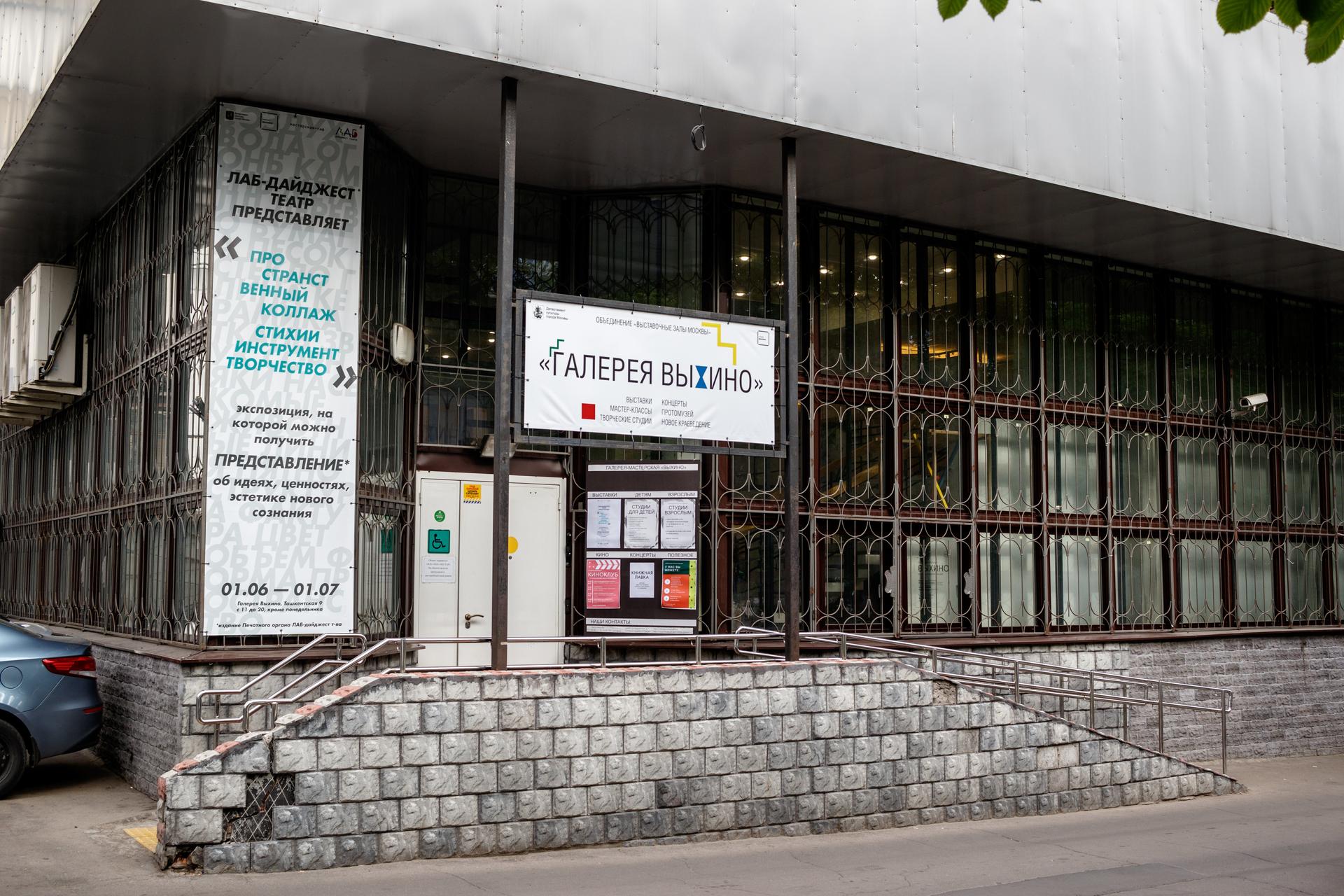По одной из версий название происходит от церкви св. Косьмы и Дамиана – однако ее местоположение не удается определить. Более занимательна вторая версия, согласно которой местность сперва получила название Мельница, так как до начала 18 века здесь были непроходимые леса и только на плотине реки Голедянки стояла мельница. А владел этой мельницей некий Кузьма. Действительно, писцовая книга 1624 г. зафиксировала здесь, среди владений Николо-Угрешского монастыря, «пустошь, что была Кузьминская мельница». Другим названием этой местности и возникшего здесь в первой четверти 18 века села стало Влахернское.
История усадьбы Влахернское-Кузьминки начинается в 1702 г., когда за помощь в оснащении флота и армии Петр I наградил поместьем с мельницей своего фаворита Григория Строганова. Строительство на этих землях началось при его сыновьях. В 1757 году дочь Строганова вышла замуж за князя Михаила Михайловича Голицына, получив имение в приданое. Наивысшего расцвета Кузьминки достигли в 1-й четверти 19 века, при сыне М. Голицына Сергее Михайловиче.
В 1716 году здесь был построен деревянный храм, освященный в честь фамильной иконы Строгановых – Влахернской Божьей Матери. Храм Влахернской иконы Божьей Матери перестраивался три раза, к 1785 его перестроил по инициативе М. Голицына Р. Казаков в стиле классицизма. Изображение Богоматери, хранящееся в церкви в Кузьминках, – список с Влахернской иконы из Успенского собора Московского Кремля. Напротив храма находился раньше главный дом и парадный двор. Их спроектировал архитектор И. Еготов в 1804–08 годах. Строительство или перестройка большей части построек усадьбы (Мельницы, мыльни, кухни, гротов, оранжереи) относится к 1816-1823 годам, по проекту известного архитектора Д. Жилярди. Эти постройки сохранились до наших дней. На въездных воротах находятся чугунные грифоны по проекту М. Кампиони. Ворота и ограда парадного двора появились в конце 19 – начале 20 века, с целью защиты частной территории от дачников, живущих в парковой зоне и окрестностях села. Со второй половины 19 века в усадебном парке и вокруг него строились дачи, образовавшие впоследствии дачный поселок. А в 1916 году подлинное здание господского дома уничтожил пожар.
According to one of the versions, of the name came from the church of St. Cosmas and Damian - but its location cannot be determined. The other version is more entertaining. According to it, the area first named “The mill”. Impenetrable forests were here before the beginning of the 18th century and there were only one dam on Goledyanka river where the mill was. The person by the name Kuzma owned the mill. Indeed, cadasters of 1624 has a record: among the possessions Ugresha Monastery, "the wasteland that was Kuzminskaya mill." Vlakhernskoe village was yet another name for this area that arose here in the first quarter of the 18th century. The history of Vlakhernskoe-Kuz'minki manor begins in 1702, when for the assistance in equipping the Navy and Army, Peter the Great awarded his favorite Gregory Stroganov with the estate and the mill. His sons started to build on these lands. The daughter of Stroganov married Prince Mikhail Mikhailovich Golitsyn in 1757, and received the village as a dowry. Kuz'minki reached its zenith in the 1st quarter of the 19th century, during the time of the son of Sergei Mikhailovich Golitsyn. A wooden church built there in 1716 and it was consecrated in honor of Blakhernae Mother of God, the family icons of Stroganoff. Temple of the icon of Blachernitissa Mother of God rebuilt three times; in 1785, it was rebuilt by R. Kazakov in the classical style by the initiative of Golitsyn. Image of Our Lady, stored in a church in Kuzminki is the copy of Blachernitissa icon located in the Assumption Cathedral of the Moscow Kremlin. Former main house and the front yard are opposite the temple. They designed by architect IM Egotov in 1804-08, respectively. Building or restructuring of most of the buildings of the estate (mills, soap house, kitchen, grottoes and greenhouses) refers to the years 1816-1823, designed by renowned architect D. Gilardi. These buildings have survived to the present day. Cast iron griffins designed by M. Campioni are on the entrance gate. Gates and fence of the front yard appeared in the late 19th - early 20th century, in order to protect private property from truckers living in the park and around the village. Since the second half of the 19th century manor park and around the cottages built, later formed the holiday village. The original building of the manor house destroyed by fire in 1916. Kuz'minki remained hereditary fiefdom of Prince Golitsyn until 1917. After the revolution, estate split into parts. In 1929, the church closed. Drum and bell tower of the temple had been destroyed with the clock, the building partially reconstructed. Outbuildings converted for residential housing. Novo Kuz'minskii village appeared near the homestead in 1936. Then the former estate renamed into Old Kuz'minki. However, main manor house destroyed by fire rebuilt in these years. The new building designed by Toporov and there now. Kuz'minki included in the boundaries of Moscow in 1960. Manor has become a monument of history and architecture. Adventure land "Kuz’minki” established in 1976. The church restored based on existing drawings and transferred to believers in 1992. Now the church is functioning, and the remains of the park and manor buildings are open to public.





















.jpg&w=1920&q=75)

